In a society that is constantly changing with the introduction of new technologies, it can seem strange to explore the brick world. Understanding the dimensions and kinds of bricks used for construction is an important basis for anyone interested in the construction industry. No matter if you’re a curious 15-year-old or a 40-year-old wanting to increase your knowledge, this article on brick size in India will give you useful information about the sizes of bricks as well as their commonality, and the different types of bricks offered.
Brick Size in India : Detailed Guide
1. Brick Size: Dimensions of Indian Bricks
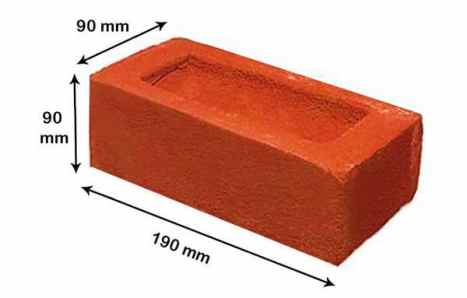 Image Source: Civiconcepts
Image Source: Civiconcepts
Indian bricks come in different sizes, but the typical dimension of 190 mm in x 90 mm in millimeters. This makes them perfect for building walls, structures, and other structures. The actual dimensions of the Indian brick however it is slightly different measuring 200 mm x 100mm and 100 millimeters.It is crucial to know the dimensions of these measurements since they play an important impact on how the structure is laid out and the appearance of a brick construction.
2. Brick Size: Standard Size and Nominal Size
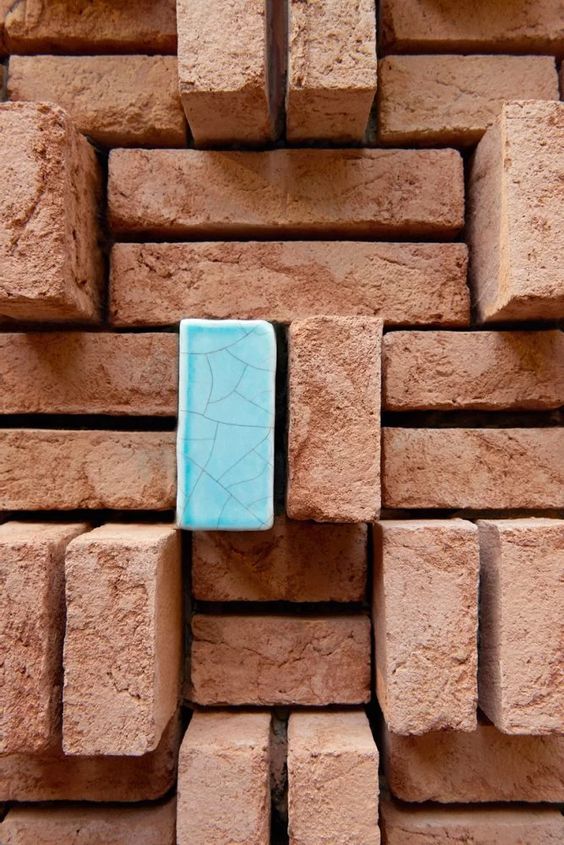
Image Source: pinterest
In the case of bricks, there are two terms to consider “standard size” and “nominal size” which are commonly employed interchangeably but have different significance. The term “standard size” refers to the dimensions of a brick and the nominal measurement is round that 6+9- is usually used for references in construction plans. For instance, a typical brick’s size could be 90 mm x 190 mm and 90 millimeters, however, it’s known as the nominal size of brick is 200 millimeters x 100 millimeters in construction documents. Knowing the difference is essential for anyone working with bricks.
3. Brick Size in India & Different Parts of the World
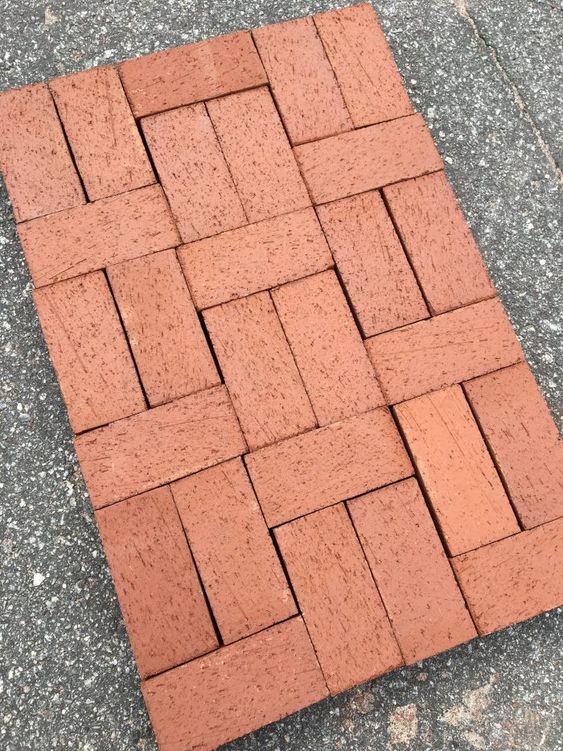
Image Source: pinterest
Bricks differ not only in size but also in dimensions in different regions of the globe. For example, European bricks are generally larger than Indian bricks, which measure around 215 millimeters x 102.5 65 millimeters. In the United States, bricks come in imperial sizes, with the standard size being 7.625 inches in size and 3.625 inches in size. 2.25 inches. The regional variations in brick sizes are a result of both practical and historical reasons.
The difference in the size of bricks is due in large part to the available materials as well as the historical methods of construction. In areas where large clay deposits are plentiful like India bricks are typically smaller to save resources. Contrarily, regions with access to a large number of stones as well as other building materials could make larger bricks.
Understanding regional differences isn’t only instructive but also useful for builders and architects who are working on projects all over the world. It helps ensure that plans and designs for construction can be modified to meet the materials available and local standards.
4. Brick Size: Different Types of Bricks
After having described the different aspects of bricks and their dimensions, it’s time to take a look at the different kinds of bricks that are used in construction. Each kind has distinct characteristics that make it appropriate for specific uses. Here are a few common kinds:
Sun-Dried Bricks
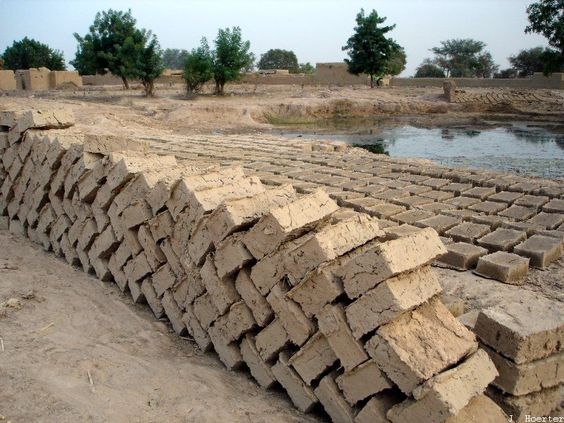
Image Source: pinterest
Sun-dried bricks, also referred to as Adobe bricks, are created by shaping clay-rich soil into a shape and then allowing it to dry by sunlight. While they’re cost-effective and sustainable, they may not be appropriate for areas that experience heavy rainfall as they are susceptible to deterioration when they are wet. Bricks that have been sun-dried throughout the centuries in many regions of the world are still a sustainable option for building.
Burnt Clay Bricks
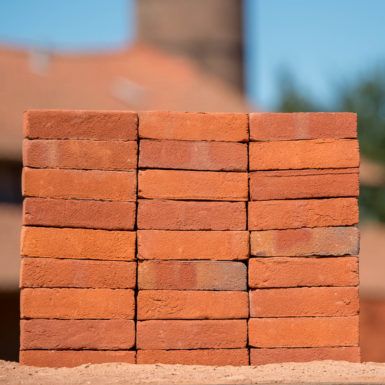
Image Source: pinterest
Bricks made from burnt clay are among the most popular and commonly utilized bricks used in construction. They are made by baking clay molded in an oven until they have hardened. These bricks are well-known for their strength and durability which makes them a preferred option across the world. The process of firing results in a reddish-brown hue that gives a warm and timeless look to buildings.
Fly Ash Bricks
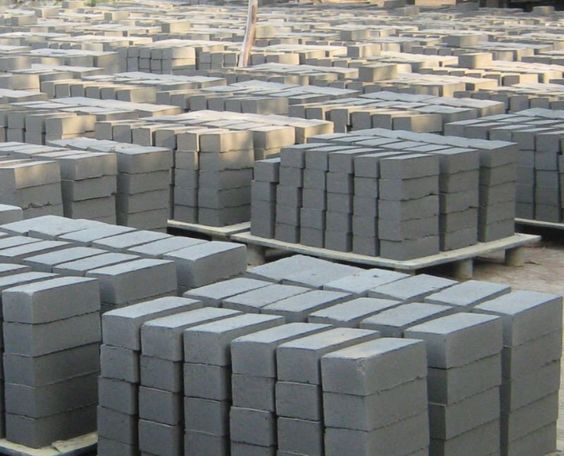
Image Source: pinterest
Fly ash bricks can be an environmentally friendly alternative to clay bricks traditionally used. They are produced using fly ash that is which is a leftover product of coal combustion, and cement. These bricks are extremely light and eco-friendly and have great insulation properties. They’ve gained a lot of attention because of their low environmental impact as well as their excellent thermal insulation, which makes them energy efficient.The standard cement brick size is 190 x 90 x 90mm.
Concrete Bricks
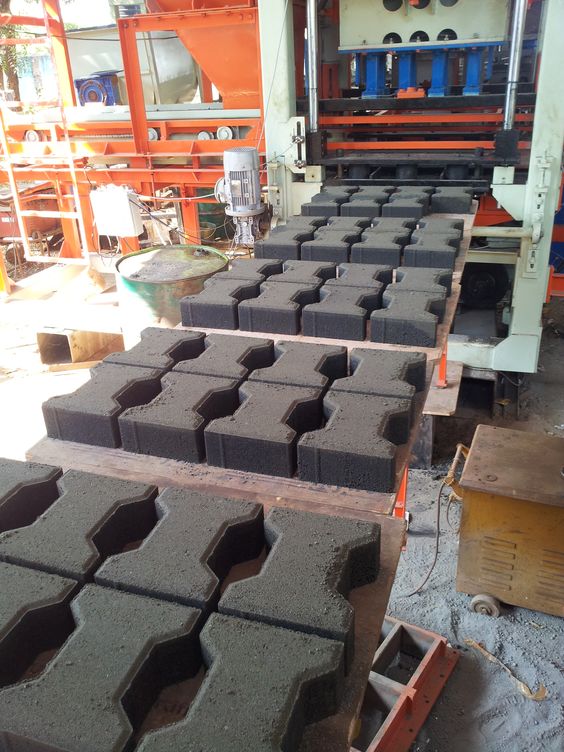
Image Source: pinterest
Concrete bricks are a combination of sand, cement, and aggregates. They are renowned for their durability and strength and are suitable for walls that can bear loads and the other components of a structural structure. Concrete bricks are versatile and can be used to create different designs, such as smooth, textured, and even designs that are decorative.
Engineering Bricks
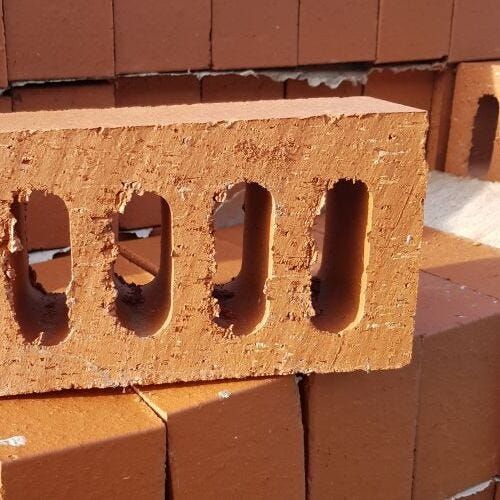
Image Source: pinterest
Engineering bricks are robust and durable, making them ideal for projects that require structural integrity like foundations and walls to reclaim. They are commonly used in commercial and industrial structures. They are available in many shades and finishes, which allows architects to reach aesthetic as well as structural objectives.
Fire Bricks
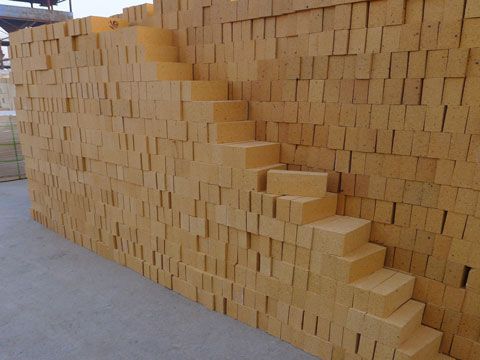
Image Source: pinterest
Fire bricks, also referred to as refractory bricks, were constructed to stand up to extremely high temperatures. They are often employed in furnaces, fireplaces, and kilns because of their capacity to resist heat. They are usually robust and possess a high thermal conductivity, so they can withstand intense temperatures without breaking or separating.
Hollow Bricks
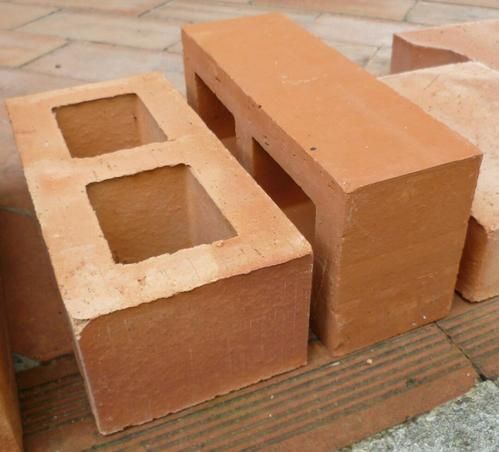
Image Source: pinterest
Hollow bricks are hollow and have cavities inside their walls, making them less heavy and more efficient in energy use. They are commonly used to build walls that do not bear loads, as their design permits insulation and decreases the load of the building. Bricks are available in a variety of dimensions and forms, which makes them a perfect fit for various requirements in construction.
5. The Evolution of Brick Sizes and Types
The history of brickmaking goes thousands of years with evidence of the earliest brick structures discovered in ancient civilizations such as Mesopotamia along with The Indus Valley. The first bricks were constructed from clay and dried in the sun like adobe blocks. In time, as civilisations developed as did brick-making techniques.One of the major advances in the production of bricks was the creation of burned or fired clay bricks. The process of firing clay inside kilns didn’t just boost their strength but also increased their resistance to moisture. This marked a pivotal event for the brick building.As the world’s societies advanced as they did, demand for bricks grew, which led to the standardization of efforts. Standardized sizes of bricks helped architects and builders to plan and carry out projects. In India as previously mentioned that standard dimension of 190mm 90 mm x 90 mm millimeters became popular and widely utilized.The Industrial Revolution further transformed brick production. The advent of machines and mass production methods allowed the production of bricks in a larger quantity. This revolutionized the industry of construction, making bricks more readily available in price and suitable for a greater variety of projects.
In the current era, sustainability has become an important aspect of construction. The result is the introduction of new types of bricks like fly or concrete bricks that aim to minimize environmental impacts. These developments are in line with the trend of sustainable construction techniques and materials.
6. The Role of Brick Sizes in Architecture and Design
Brick sizes play a pivotal role in architectural design. Architects pay close attention to brick dimensions when constructing structures because they affect not only the design but also the structural integrity of a construction.
For example, bigger bricks are typically employed in projects where a striking and impressive appearance is desired. On the other hand, smaller bricks can produce intricate and intricate designs. The size of the brick will also impact how fast construction can be completed because larger bricks cover a greater surface area within a shorter time.
In addition, using standard brick dimensions guarantees that the materials are easily accessible and interchangeable, thereby streamlining the construction process. This standardization lets you use efficient bricklaying techniques and also reduces waste on construction sites.
Conclusion
In the end, the world of bricks is more vast and interesting than it appears at first. Knowing the sizes of bricks and their standardization as well as the variety of types that are offered is vital for those looking to build or design. If you’re a budding architect or simply interested in the structures around you the world, this information will increase your understanding of the built world.
Bricks with their long tradition and versatility remain the foundational building blocks of our modern-day society. From sun-dried adobe blocks to modern concrete blocks the development of brick-making is a testimony to the creativity of humans and our capacity to adapt to the ever-changing requirements of construction.We hope you liked our article on brick size in India, if you have any suggestion let us know in the comment section.